Roman Ruins to Blitz Bombings: Londons Fiery History
London’s intricate history bears witness to the scorching trials it has endured, from the Roman invasions to the fiery infernos of the Blitz bombings during World War II. The city’s evolution through flames has left lasting imprints on its landscape and spirit.
But what stories lie within the ashes of the past, and how has London risen, phoenix-like, from the embers of destruction to become the vibrant metropolis it is today? The answer lies in exploring the charred remnants of history that whisper tales of resilience and renewal amidst the flames of adversity.
Key Points

- Roman settlements laid the foundation for London’s historical heritage.
- Turbulent periods like Tudor era and World Wars shaped the city’s resilience.
- Medieval architecture showcases the blend of historical influences.
- Industrial Revolution transformed London into a bustling industrial hub.
Here's some more nearby activities we've reviewed
Ancient Roman Settlements
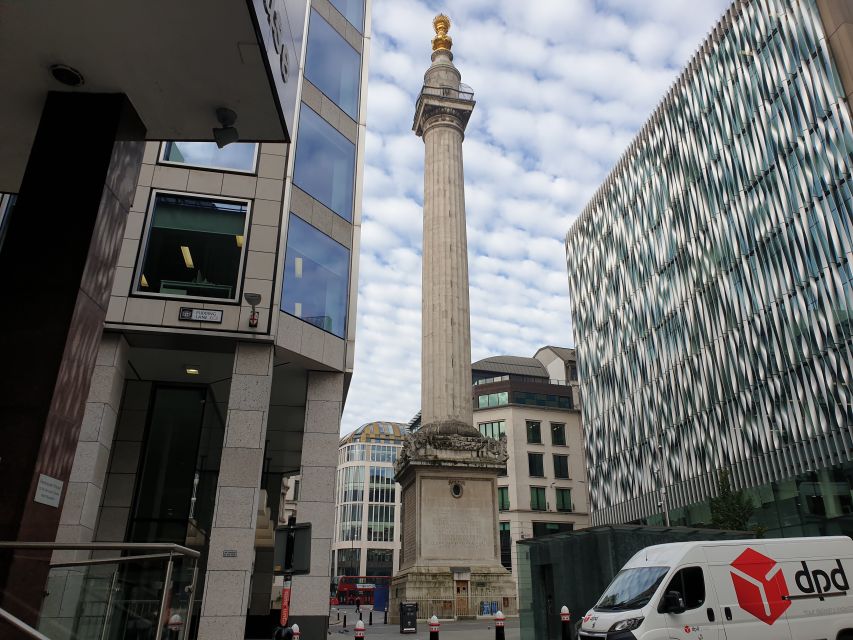
Journey back in time to the Ancient Roman Settlements of London as you walk through the historic alleys of the City of London with an experienced guide. Amidst the bustling modern city, remnants of Roman occupation emerge, offering a glimpse into a bygone era.
Explore Roman mosaics intricately preserved beneath the layers of time, revealing the artistry and daily life of this ancient civilization. Through archaeological excavations, uncover the foundations of Roman structures that once stood proudly in what’s now the heart of London.
The guided tour delves into the rich history of these settlements, painting a vivid picture of the Romans’ influence on the cityscape. Experience the legacy of Rome intertwined with the fabric of London’s past.
Medieval London Architecture
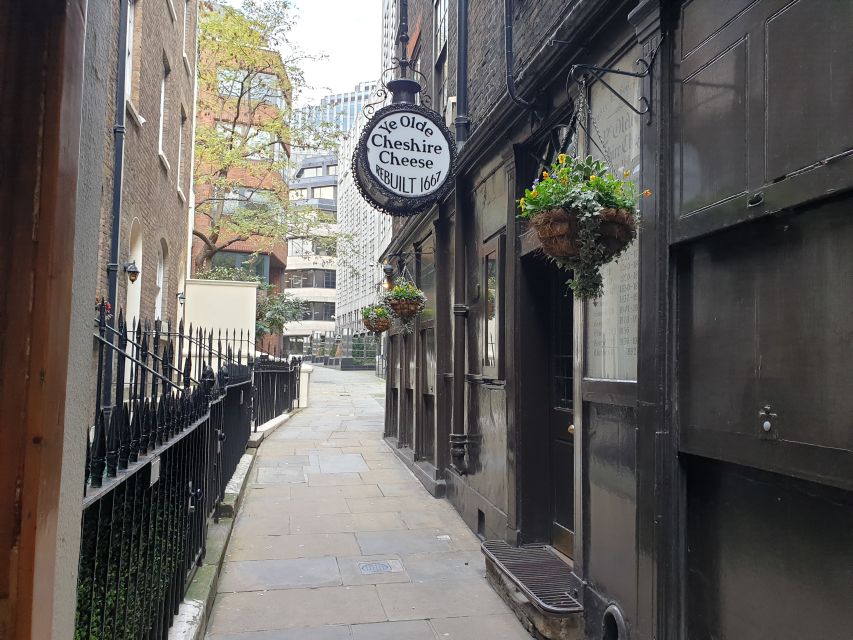
Emerging from the remnants of Ancient Roman Settlements, the medieval architecture of London stands as a testament to the city’s evolving narrative, showcasing a blend of historical influences and craftsmanship that define its unique character.
Gothic cathedrals and medieval castles peppered the cityscape, representing the grandeur and religious devotion of the era. The intricate stonework and towering spires of Gothic cathedrals like Westminster Abbey and St. Paul’s Cathedral still awe visitors with their architectural prowess.
In contrast, the sturdy fortifications of medieval castles such as the Tower of London speak to a time of political intrigue and military might, adding layers of history to London’s architectural tapestry. Each structure tells a story of the medieval period, captivating all who wander its historic streets.
Tudor Era and Civil War
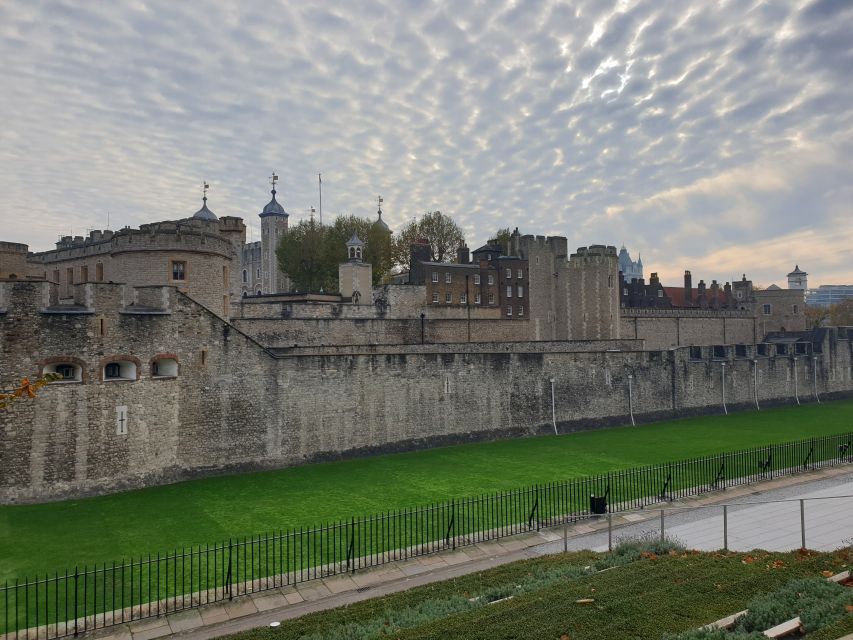
During the Tudor Era and Civil War, London underwent significant political and social upheaval, shaping the city’s landscape and cultural identity in profound ways.
Tudor politics brought about changes in governance and religious practices, with monarchs like Henry VIII leaving a lasting impact on the city’s architecture and institutions.
The aftermath of the Civil War saw London divided and scarred, with the city suffering from economic hardship and social unrest.
The destruction caused by the war led to a period of rebuilding and reconstruction, as Londoners sought to restore their homes and communities.
This turbulent time in London’s history laid the foundation for future developments and set the stage for the city’s continued growth and evolution.
Industrial Revolution Impacts
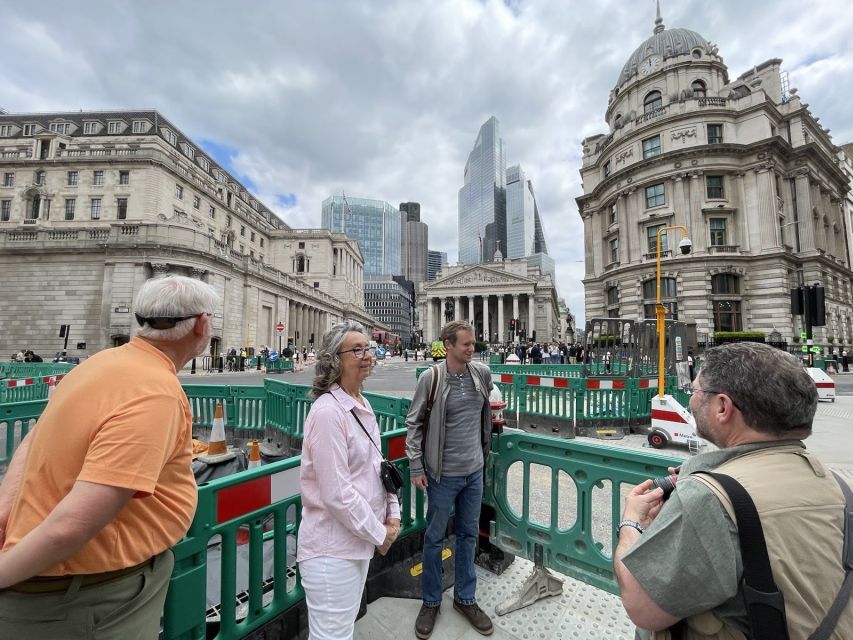
The aftermath of the Tudor Era and Civil War set the stage for London to undergo transformative impacts during the Industrial Revolution, reshaping the city’s landscape and societal structures.
This period brought significant changes to London, driven by advancements like steam engines and the shift towards industrialization. The effects of urbanization became more pronounced as the population swelled with people flocking to the city for factory jobs.
The Industrial Revolution also spurred the development of infrastructure, leading to the expansion of transport networks and the construction of factories that dotted the cityscape. This era marked a turning point in London’s history, laying the groundwork for its future as a bustling industrial hub.
World War I and II Destruction
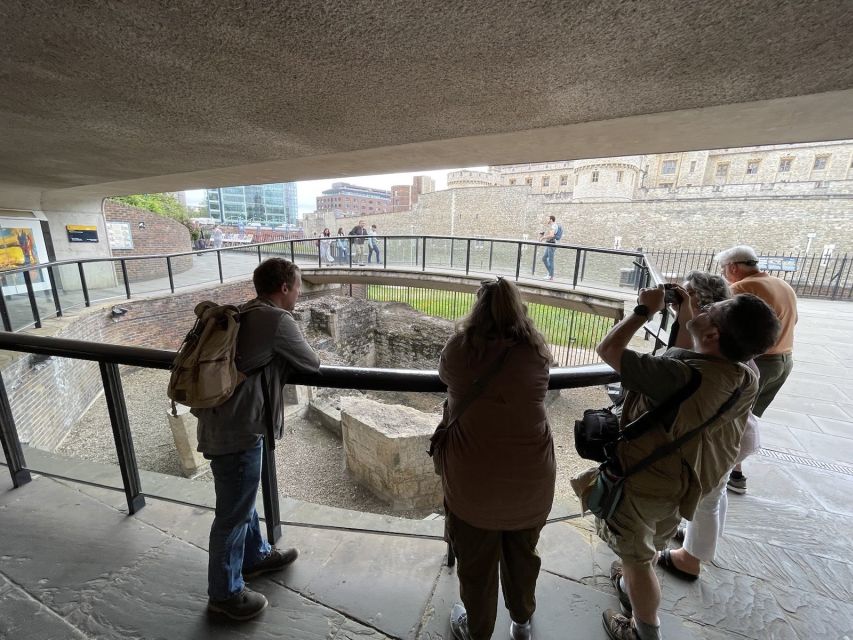
As London weathered the tumultuous storms of World War I and II, the city’s landscape bore witness to unprecedented destruction and transformation. The once bustling streets and historic buildings became war-torn landscapes, scarred by bombings and devastation.
Wartime memorials sprung up across the city, serving as poignant reminders of the sacrifices made and the lives lost during the conflicts. Iconic landmarks like St. Paul’s Cathedral stood amidst the rubble, symbolizing resilience and hope in the face of adversity.
The Blitz bombings of World War II, in particular, left a deep imprint on London, reshaping its architecture and spirit. The scars of war may have faded, but the memory of London’s fiery past remains etched in the city’s history.
Post-War Rebuilding Efforts
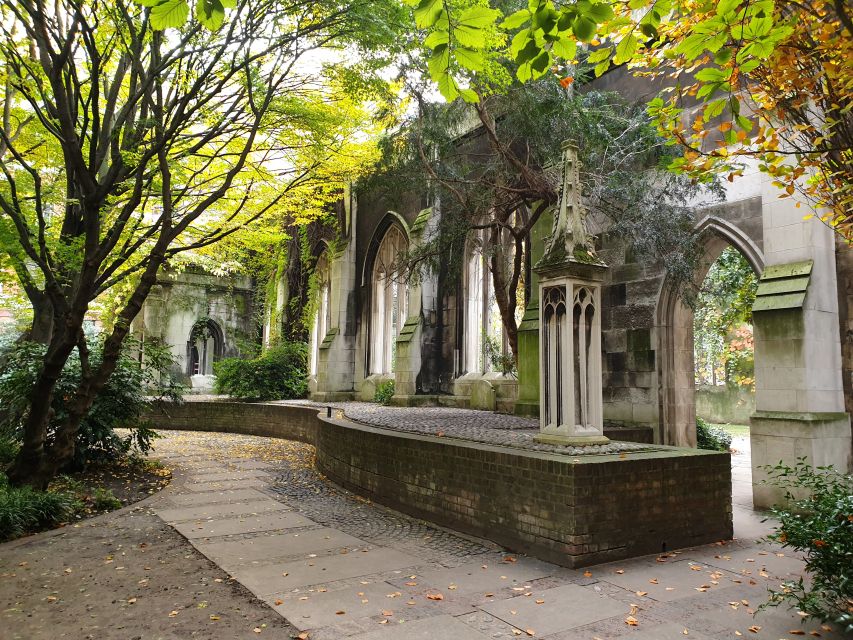
London underwent a remarkable transformation in the aftermath of the devastating wartime destruction, with post-war rebuilding efforts reshaping the cityscape and fostering a renewed sense of resilience and optimism.
Reconstruction efforts focused on reviving London’s architectural heritage while embracing modern design principles. The city saw the emergence of innovative skyscrapers alongside restored historic landmarks, blending the old with the new seamlessly.
Architects and urban planners collaborated to create sustainable and functional spaces that paid homage to the past while paving the way for a brighter future. The reconstruction initiatives not only aimed to physically restore the city but also symbolized a metaphorical rebirth, showcasing London’s ability to rise from the ashes stronger and more vibrant than ever before.
Here's a few more nearby tours and experiences we have reviewed.
- London Eye River Cruise and Standard London Eye Ticket
- London by Night Sightseeing Tour – Open Top Bus
- The Beatles London Walk
- Private Sherlock Holmes Walking Tour in London
- Inner Circle Access of Stonehenge Including Bath and Lacock Day Tour From London
- White Cliffs of Dover and Canterbury Cathedral Tour From London
Common questions
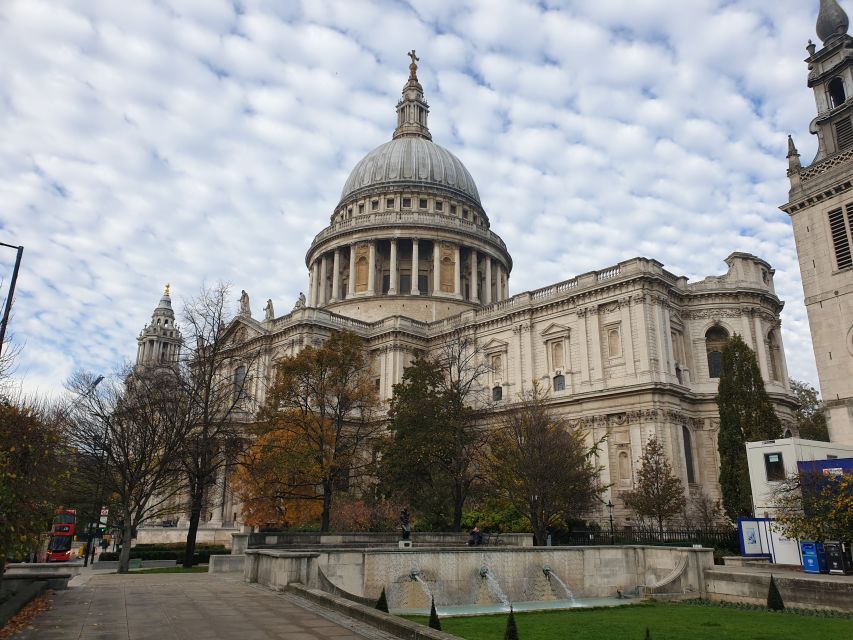
How Has London’s Fiery History Influenced the City’s Modern Architecture and Urban Planning?
London’s fiery history, including bombings and disasters, has shaped its modern design and urban development. The city’s resilience is evident in its mix of traditional and contemporary architecture, blending the past with innovative structures for a vibrant urban landscape.
What Lesser-Known Events or Figures From London’s History Have Left a Significant Impact on the City’s Development?
In London’s development, forgotten heroes and hidden treasures have played pivotal roles. Their contributions, often overshadowed, have left lasting impacts on the city’s character and growth, shaping its narrative beyond the well-known events and figures.
How Have Archaeological Discoveries of Roman Ruins and Artifacts Shaped Our Understanding of Ancient London?
Archaeological discoveries of Roman artifacts in ancient London have profoundly influenced our understanding of the city’s history, urban development, and architectural influence. These findings showcase the historical significance of Roman ruins in shaping London’s past.
What Role Did London Play in the Industrial Revolution, and How Did This Period of Growth and Change Impact the City’s Infrastructure?
During the Industrial Revolution, London played a pivotal role in urban growth. The period saw a surge in infrastructure development, with new transportation networks and factories transforming the cityscape. This rapid change shaped London’s modern infrastructure.
How Have Londoners Commemorated and Preserved the Memory of the City’s Past Struggles and Triumphs, Particularly During Times of War and Destruction?
Londoners have honored their past with memorial ceremonies, war memorials, public art, and city tours. These initiatives preserve the memory of the city’s struggles and triumphs, ensuring future generations remember and learn from history.
Here's more of our most recent tour reviews happening neaby
- Heathrow Airport To Finsbury London EC2A Private Transfer
- Magical London: Harry Potter Walking Tour
- Self Guided Tour of Londons Hidden Chocolate Shops
- London: Secrets of Southwark City Exploration Mobile Game
- London: Traditional Scone Making Workshop
- Private Transfer: From Lambeth to London Heathrow Airport
- London: Street Art Bike Tour
- Private Transfer: From Dorking to London Heathrow Airport.
- Private Transfer: From Bromley to London Heathrow Airport.
- Private Transfer: From Southwark to London Heathrow Airport.
- City of London: Fun Mobile Phone Treasure Hunt to a Pub!
Last Words
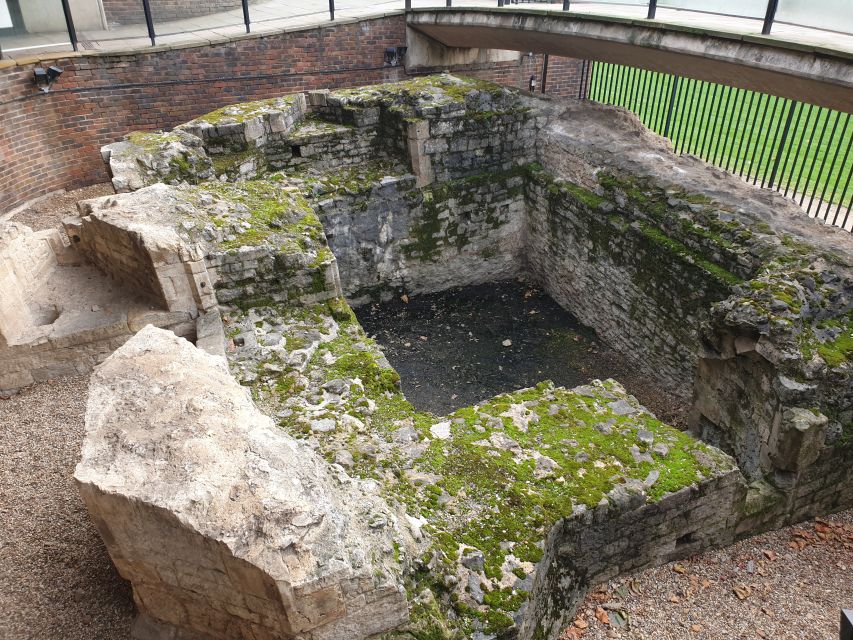
As the flames of history continue to shape London’s landscape, the city stands as a testament to resilience and rebirth. From ancient Roman settlements to the devastating bombings of World War II, London’s fiery past has left a mark that can’t be erased.
Through destruction and rebuilding, the spirit of this iconic city has endured, weaving a tapestry of stories that reflect the indomitable nature of its people. London’s history is a fiery saga of survival and triumph.
More Great Things To Do Nearby